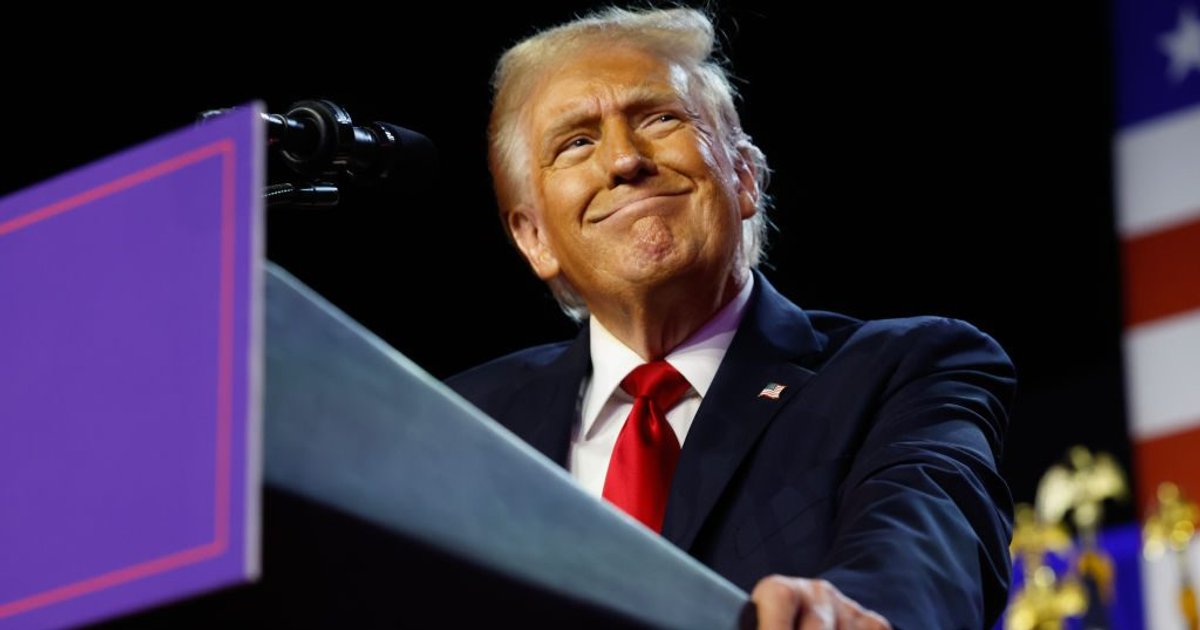Forging Ahead or Falling Back? Trump's Bold Vision for America's Industrial Future

In a bold move to reinvigorate America's energy sector, President Donald Trump has signed a series of executive orders aimed at supercharging oil and gas production. The strategic directive directly challenges the current administration's green energy policies and seeks to restore the United States' manufacturing prowess.
Trump's executive orders are designed to cut through regulatory red tape, unleashing the full potential of America's domestic energy resources. By rolling back environmental restrictions and promoting fossil fuel exploration, the former president is sending a clear message about prioritizing economic growth and energy independence.
The comprehensive plan targets multiple fronts, including expediting drilling permits, reducing bureaucratic obstacles for energy companies, and creating a more favorable environment for oil and gas development. These actions are expected to generate thousands of jobs, stimulate economic activity in energy-producing regions, and reduce reliance on foreign energy sources.
"We're putting American energy and American workers first," Trump stated, emphasizing the economic and strategic importance of domestic oil and gas production. The executive orders represent a stark contrast to the current administration's climate-focused approach, highlighting the ongoing debate about balancing environmental concerns with economic development.
Industry experts predict these measures could significantly boost domestic energy production, potentially positioning the United States as a global leader in fossil fuel exports while supporting local manufacturing and industrial sectors.

